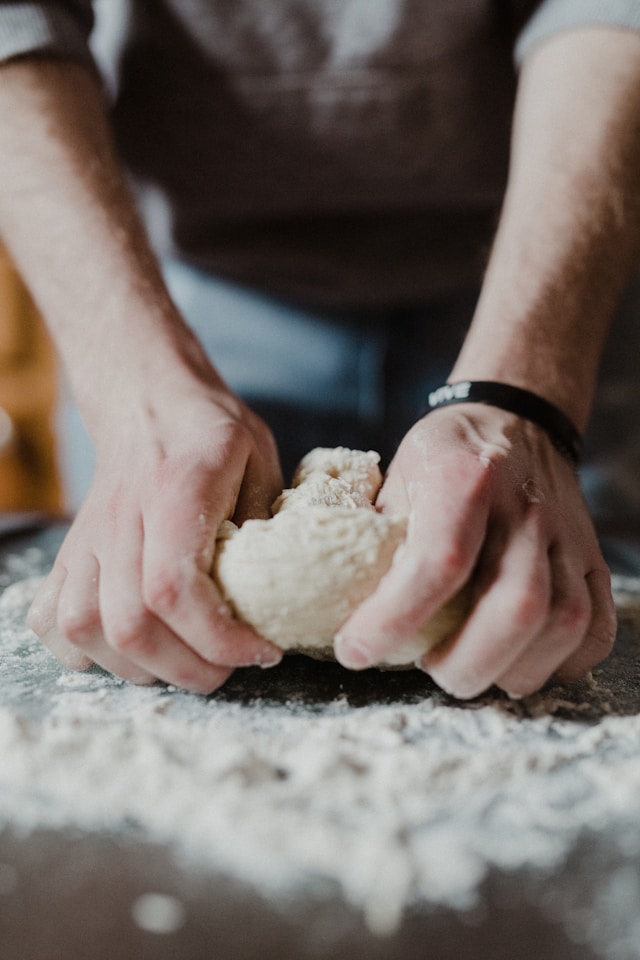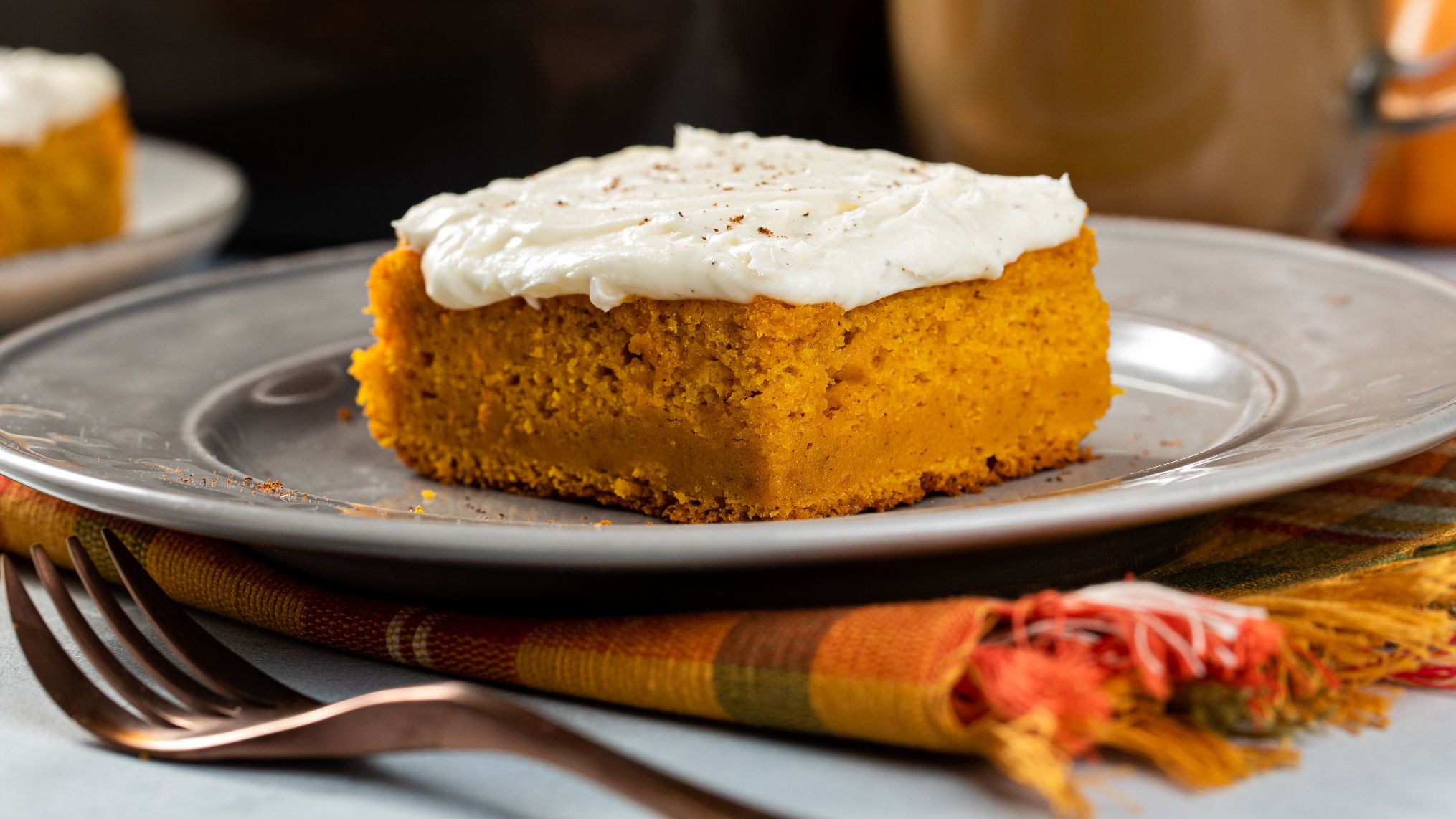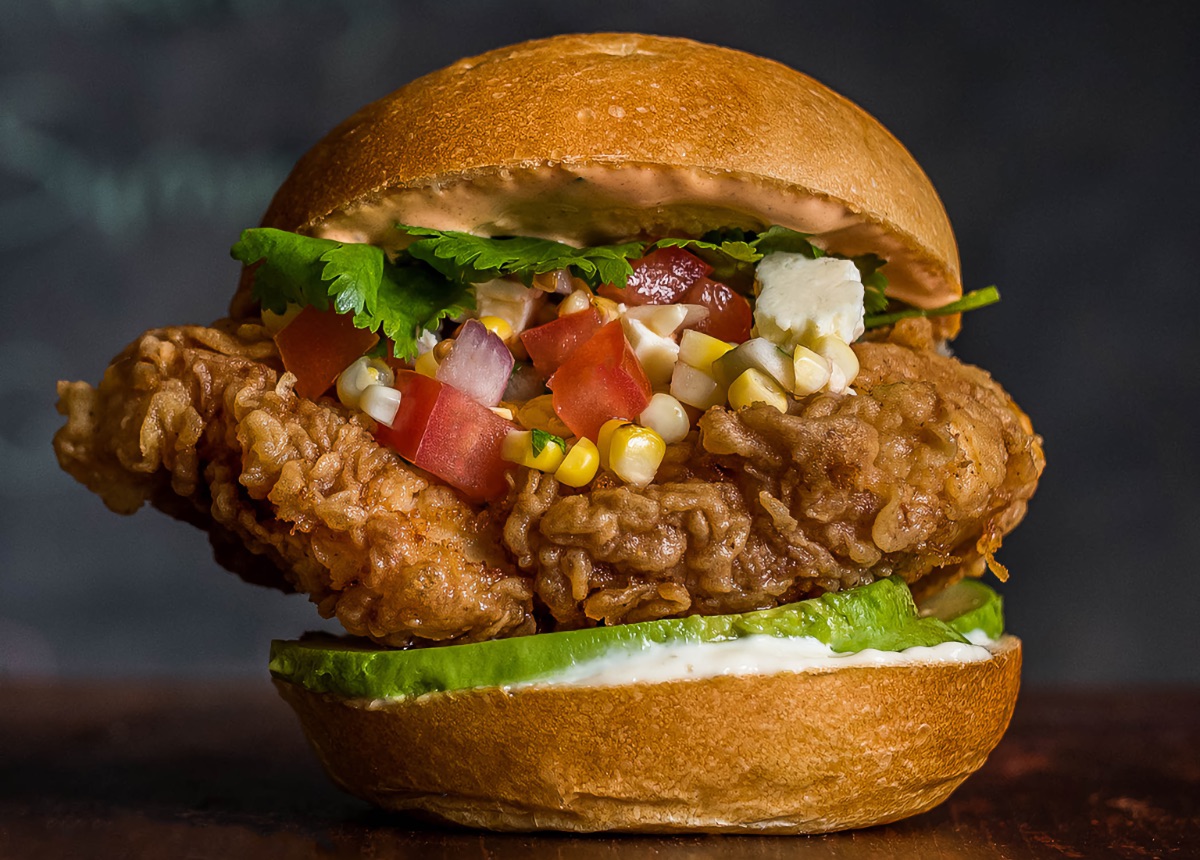Learn why we don’t say “pancake dough” and “bread batter.”
“Should we call it a batter or a dough?” The question was from Food & Wine’s Editor in Chief about Rebekah Peppler’s delicious Tarte Tropézienne, a French brioche dessert that’s baked in a cake pan. In a quiet moment of existential crisis, I asked myself why I paid for cooking school if I couldn’t immediately answer what appeared to be an easy question. Despite the overlap in ingredients, the differences between batter and dough are deceptively simple. Here’s what you need to know.
What is a batter?
Batter is a general term for a flour mixture thinned by a liquid. You can make a batter from any flour, though most recipes, like for pancakes and waffles, call for all-purpose. (Cake flour is another frequent option for cake recipes.) Water, milk, and eggs are the most common wet ingredients in batters, which should usually be thin enough to pour. Batters aren’t just for sweet applications: they also refer to the savory liquid coating used to make fried chicken or tempura dishes.
What is a dough?
A dough is also a blend of flour and a liquid, but — crucially — it contains less liquid than a batter. The result is a stiff mixture that’s still pliable enough to knead or roll out, like when making bread or rolled cookies. Water and milk are the liquids of choice here, though many doughs (like for challah) call for eggs as well. Pizza dough, on the other hand, never uses eggs in the mix.
Jeremy Yap
What is the difference between batter and dough?
The first key difference between batter and dough is consistency. Batter has a much higher liquid ratio to flour, giving it a thinner, pourable consistency. Unlike dough, you cannot knead or roll out batter.
Second, the difference in consistency between batter and dough can require different mixing techniques. For batter, the easiest way to combine is by hand in a large bowl with a whisk or a spoon. You can also mix batter with a hand mixer or stand mixer with a whisk attachment. While dough has much less liquid than a batter, many recipes advise mixing it by hand or with a wooden spoon to ensure it doesn't become overworked, which will negatively impact the final bake. For thicker dough mixtures, a stand mixer with a dough hook attachment helps bring the mixture together before kneading.
Shaping is a third key difference between batter and dough. While you can mix batter by hand, you can only shape it with a container such as a muffin tin or a springform pan. Dough can be shaped by hand and doesn’t necessarily need a container to hold its shape.
Batters and doughs are the foundations of some of our favorite recipes, from crispy Classic British Fish and Chips to a crackling Cacio e Pepe Pizza. Whether you’re kneading out a dough or whisking up a batter, you now know more about what you’re working with.
This article was written by Andee Gosnell from Food & Wine and was legally licensed through the DiveMarketplace by Industry Dive. Please direct all licensing questions to legal@industrydive.com.








